Decades later, Michael (known as Mike) began sifting through pieces of his father’s life that were carefully packed away in boxes. “Going through everything I realized it was important to let people know who he was, who he is and perhaps even who he would have been,” said Mike, a physical education teacher at UChicago’s Laboratory Schools for over 30 years.
Letters, articles, photographs and original art by Moses can be seen in an exhibition at The Hanna Holborn Gray Special Collections Research Center at UChicago’s Regenstein Library.
Paul B. Moses: Trailblazing Art Historian blends family archive with tender recollections of friends and colleagues to sketch a portrait of a passionate scholar and empathetic educator. The exhibition is co-curated by Michael Moses, Lab'81, and art history PhD student Stephanie Strother.
“The exhibition is so therapeutic—to help bring closure, to help bring new light and relieve some stress,” Mike said. “Now I feel just a little bit closer to my father.”
Early life
Mike Moses and Stephanie Strother met through their dogs. As Riley and Jasper played in an open area, Strother mentioned that she was a PhD student at the University studying art history. Mike mentioned his father had been an art historian as well.
“The more he told me about his father's life and work, the more interested I became,” said Strother, whose research interests—like Paul Moses’—include 19th-century French art. “This is an important part of the department's history that I would love to find out more about.”
As they opened boxes and read through letters, a chronology of a full life lived emerged. Strother suggested UChicago’s Library as a potential exhibition host. For Mike, who’d attempted to exhibit his father’s life for nearly a decade, it was “game on.”
The exhibit begins with Paul’s childhood in Pennsylvania where he grew up in a large, working-class family. He excelled in school and showed an early aptitude for art.
He was the first African American student to attend Haverford College. His freshman year, no white students would room with him. While at Haverford, Moses became a protégé of the collector and art connoisseur Albert Barnes and, through this relationship, traveled to France to further his art studies. After graduation, Moses served in the United States Army and taught at an international school in Rome.
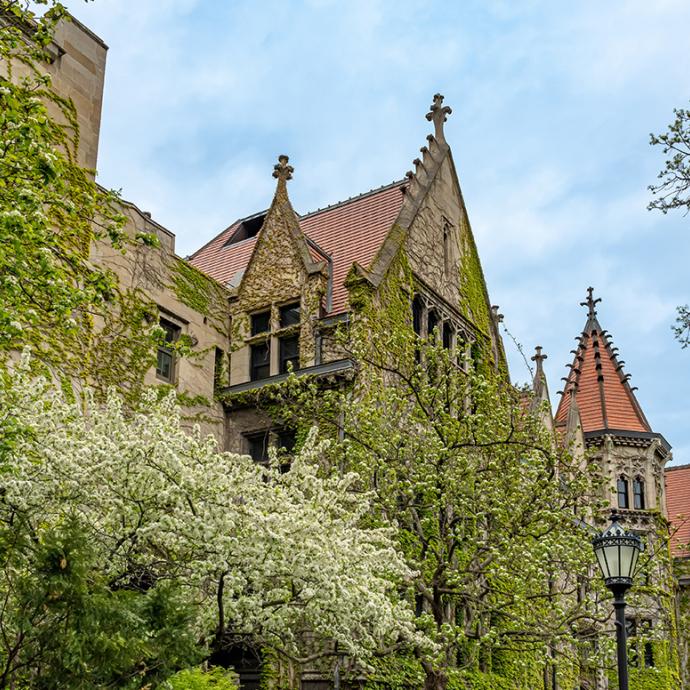
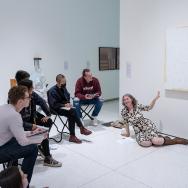
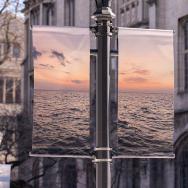

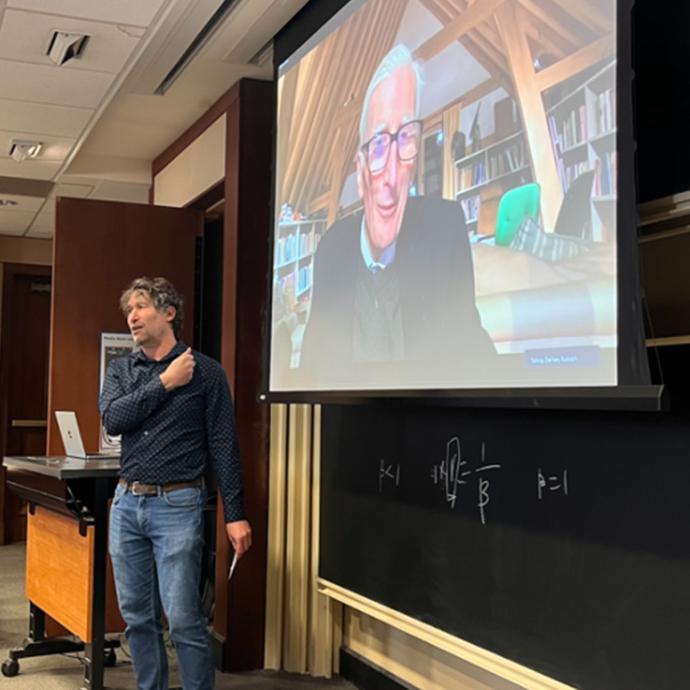


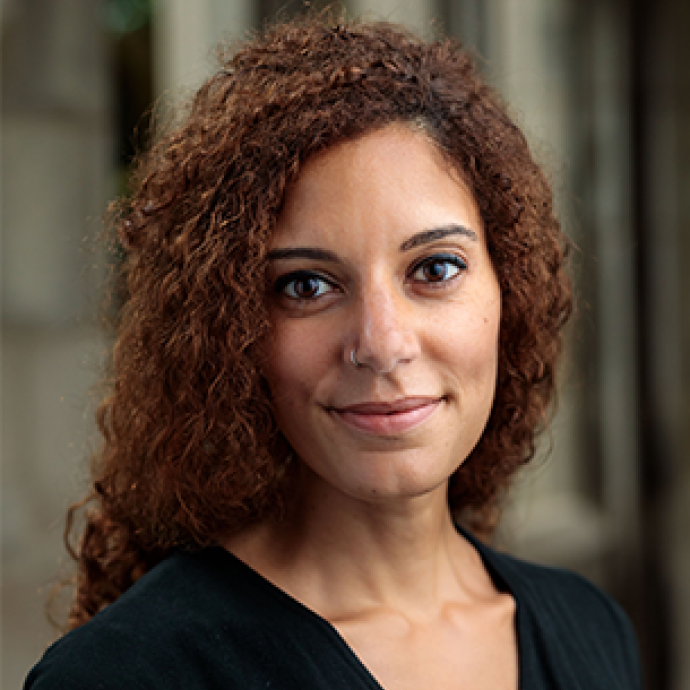




 —Prof. Chuan He
—Prof. Chuan He
